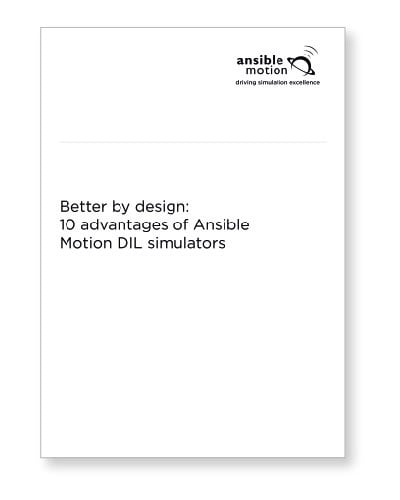 Tire testing experts detail how virtual and physical programs are conducted in parallel to ensure end products are suitable for real world application.
Tire testing experts detail how virtual and physical programs are conducted in parallel to ensure end products are suitable for real world application.
Aided by the ever-expanding capabilities of computerized technologies and highly advanced testing machines, an array of specialist companies continue to push the limits of research and development in a now familiar effort to test prototype tire designs more efficiently, more quickly and with reduced costs.
One major advantage of virtual testing is that it enables perfect reproducibility. In the real world, by comparison, tires are extremely sensitive to external factors such as ambient conditions, different surfaces and driver input. By using simulation and modeling software, engineers are able to conduct multiple, repeatable tests under controlled conditions.. ...

Human Perception
Having ascertained which models or designs may be suitable for the desired and application, Driver-in-the-Loop (DIL) simulators are often used to put tire to track in a virtual world with a human behind the wheel for a subjective evaluation. Ian Hague, senior design engineer at Ansible Motion, explains:
The two main things that tire manufacturers require is nuanced feedback from the simulator, especially as it relates to the steering feedback, and open software architecture, which allows them to have plug-and-play compatibility with various vehicle physics for tire physics modeling tools. The aim is to eliminate rounds of development tires.
Read the full article on then Tire Technology International website



